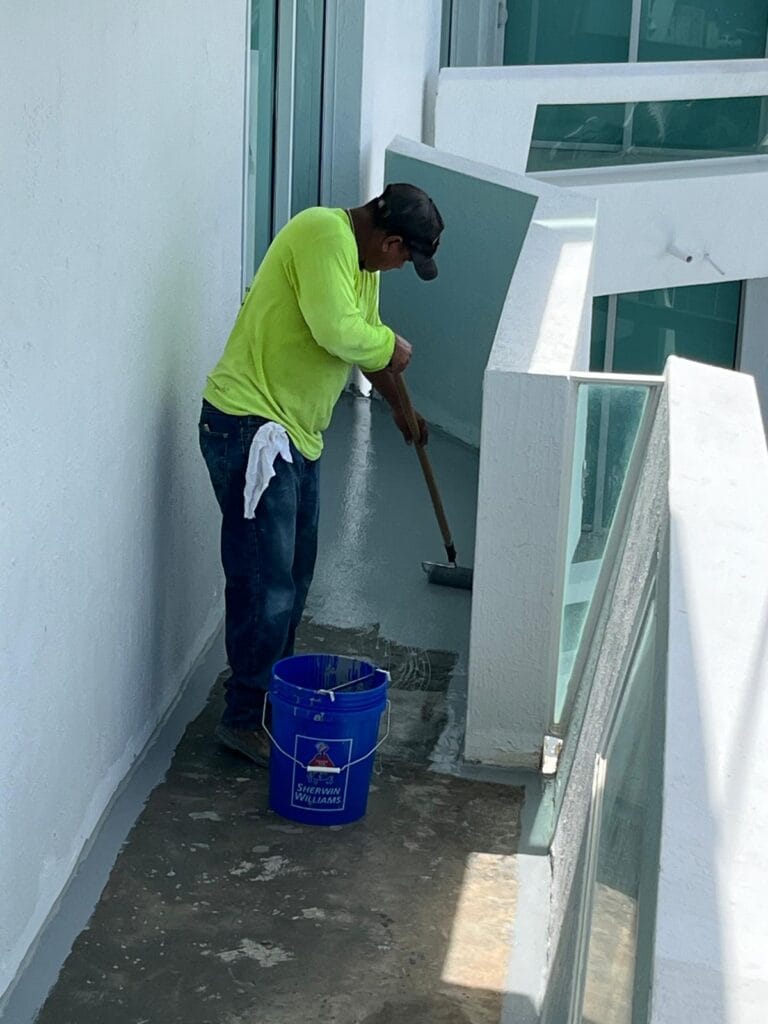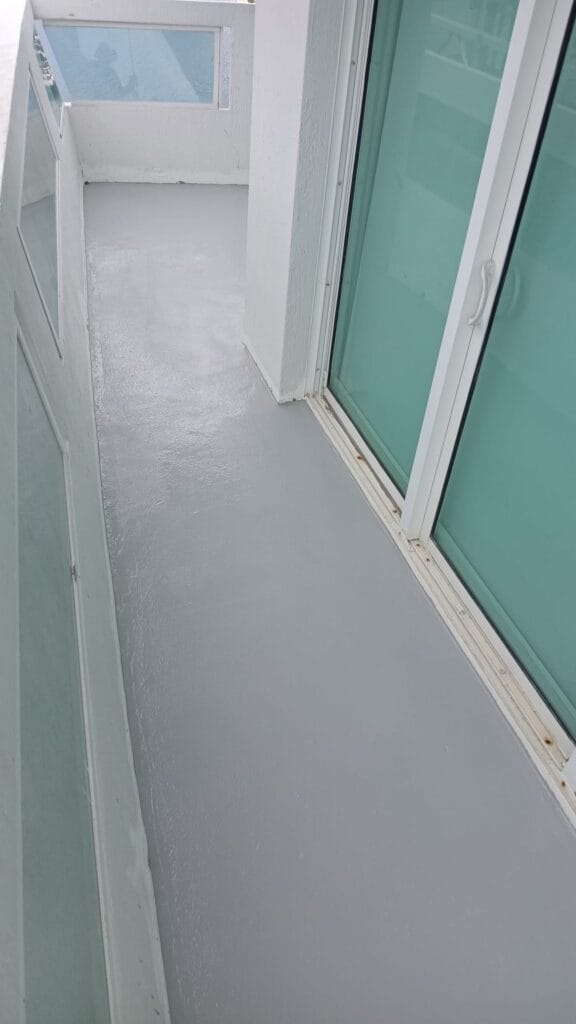Waterproofing


Assessment and Planning
Site Inspection: Identify areas prone to water ingress (e.g., roofs, basements, balconies, bathrooms).
Material Selection: Choose appropriate waterproofing materials based on the site’s requirements (e.g., membranes, coatings, sealants).
Design Considerations: Include drainage systems and slopes to direct water away from critical areas.
Surface Preparation
Clean the Surface: Remove dirt, grease, loose material, and debris.
Repair Defects: Fix cracks, gaps, or damaged areas using repair mortar or sealants.
Level the Surface: Ensure the surface is smooth and free of irregularities to ensure proper adhesion of waterproofing materials.
Liquid Membranes: Apply using brushes, rollers, or sprays in multiple layers, ensuring even coverage.
Sheet Membranes: Lay and adhere pre-formed sheets (e.g., bituminous or PVC membranes) with overlaps for a seamless finish.
Cementitious Waterproofing: Apply cement-based coatings for areas like water tanks, bathrooms, and balconies.
Polyurethane or Epoxy Coatings: Use for areas requiring flexible and durable protection.
Seal expansion joints, pipe penetrations, and corners with suitable sealants or tapes.
Reinforce critical areas with mesh or fabric before applying waterproofing material.
Regular Maintenance
Schedule routine checks and maintenance to ensure the waterproofing system remains intact over time.


